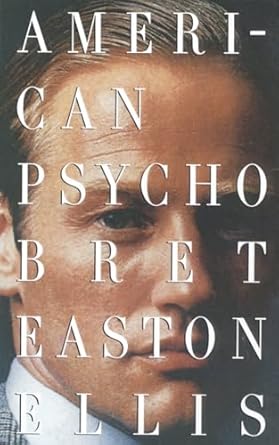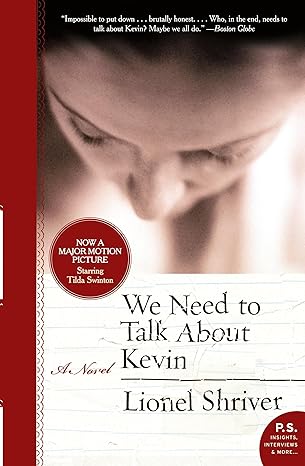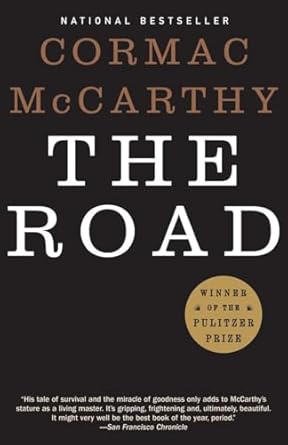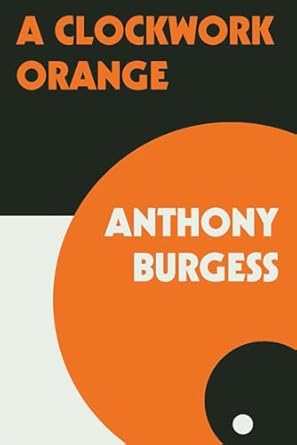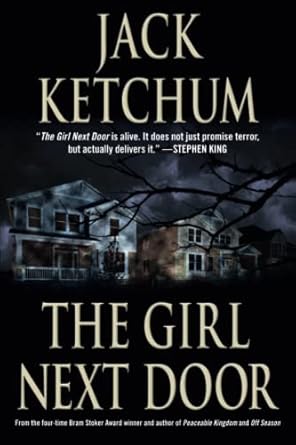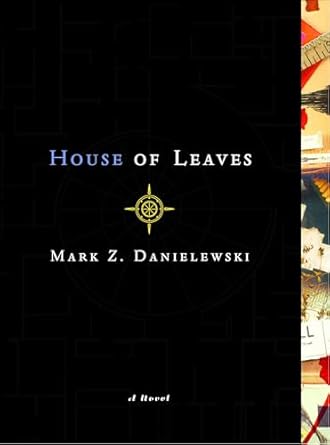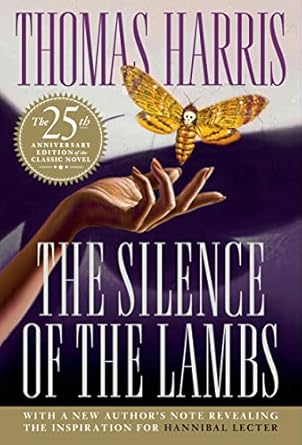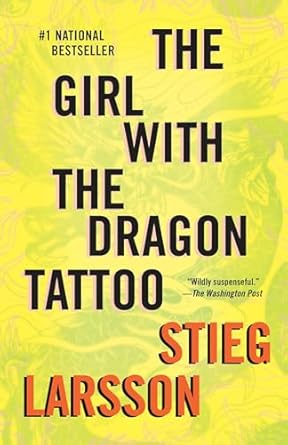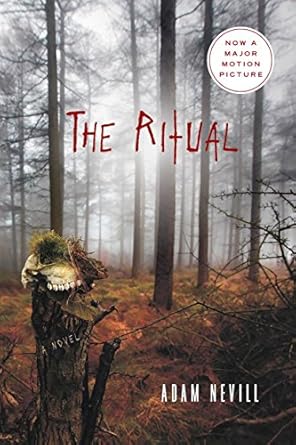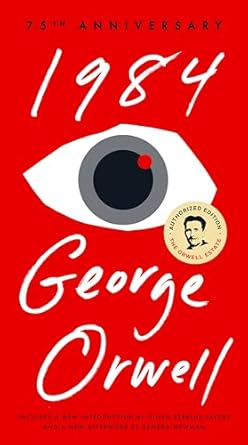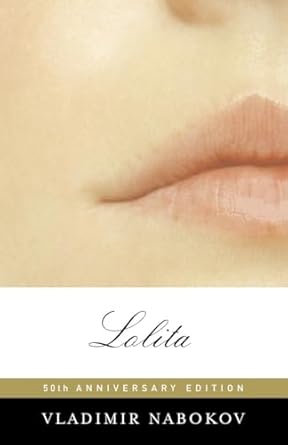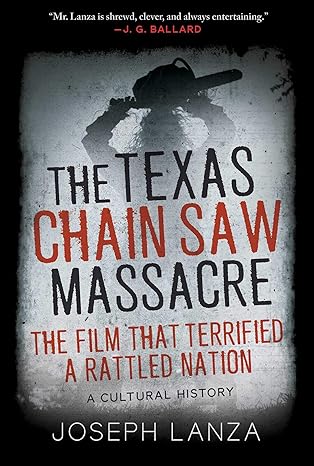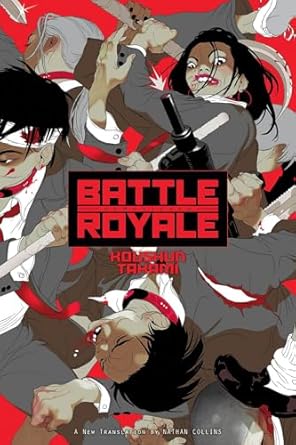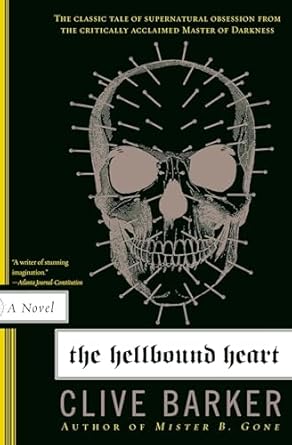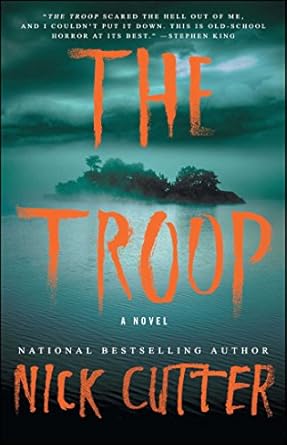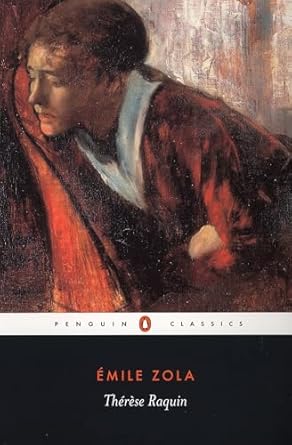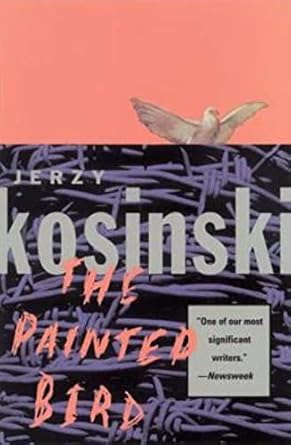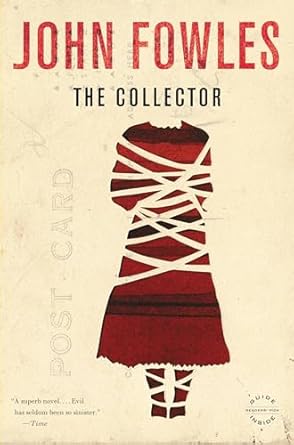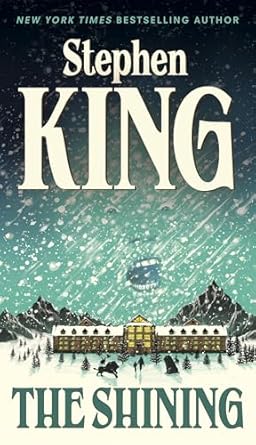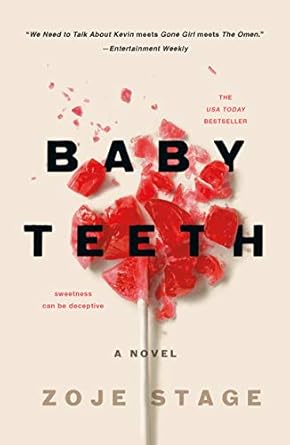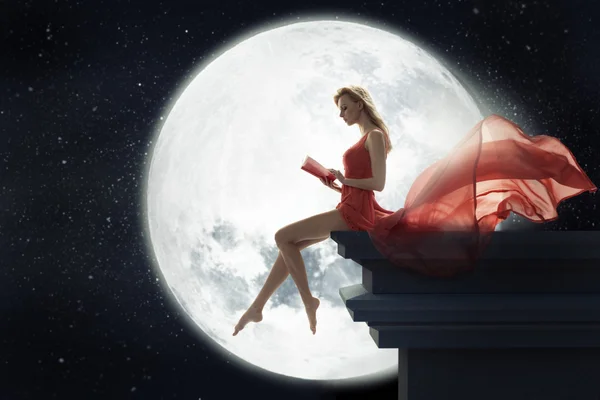Summary: In today's article, I've compiled 20 of the best disturbing books that explore dark themes and challenge our understanding of human nature, leaving a lasting impact on readers. My top 3:
- American Psycho by Bret Easton Ellis
- We Need to Talk About Kevin by Lionel Shriver
- The Road by Cormac McCarthy
Disturbing books push us out of our comfort zones, tackling dark themes that stir strong emotions. They make us confront uncomfortable truths about society, human nature, and our own minds, leaving a lasting impact. While often unsettling or terrifying, these books dive into tough questions and moral dilemmas, challenging our limits and offering a deeper understanding of human behavior. For those willing to face the darkness, disturbing books allow us to explore unsettling realities in a safe yet intense way.
TOP 20: Best Disturbing Books
- American Psycho by Bret Easton Ellis
- We Need to Talk About Kevin by Lionel Shriver
- The Road by Cormac McCarthy
- A Clockwork Orange by Anthony Burgess
- The Girl Next Door by Jack Ketchum
- House of Leaves by Mark Z. Danielewski
- The Silence of the Lambs by Thomas Harris
- The Girl with the Dragon Tattoo by Stieg Larsson
- The Ritual by Adam Nevill
- 1984 by George Orwell
- Lolita by Vladimir Nabokov
- The Texas Chainsaw Massacre by Tobe Hooper
- Battle Royale by Koushun Takami
- The Hellbound Heart by Clive Barker
- The Troop by Nick Cutter
- Thérèse Raquin by Émile Zola
- The Painted Bird by Jerzy Kosiński
- The Collector by John Fowles
- The Shining by Stephen King
- Baby Teeth by Zoje Stage
1. American Psycho
- Author: Bret Easton Ellis
- About: Follows Patrick Bateman, a wealthy New York investment banker, as he navigates his psychopathic tendencies, indulging in horrific violence.
- Style of writing: Satirical, dark, and disjointed at times; highly graphic in descriptions of violence.
- Length: ~100,000 words
- Year written: 1991
- Emotional impact: Deeply unsettling; explores materialism, identity, and morality in a shocking way.
- Difficulty level: Moderate to difficult due to graphic content and unreliable narration.
- Why read it: To explore themes of alienation, consumerism, and the human capacity for violence in modern society.
2. We Need to Talk About Kevin
- Author: Lionel Shriver
- About: A mother reflects on her relationship with her son Kevin, who committed a horrific school massacre.
- Style of writing: Epistolary (written as letters), introspective and deeply emotional.
- Length: ~95,000 words
- Year written: 2003
- Emotional impact: Powerful and tragic, leaving a lasting reflection on parental responsibility, guilt, and nature vs. nurture.
- Difficulty level: Moderate; emotionally intense.
- Why read it: To delve into the psychological horror of familial dysfunction and guilt, with deep social commentary on parenting and violence.
3. The Road
- Author: Cormac McCarthy
- About: A father and son journey through a post-apocalyptic landscape, struggling for survival and clinging to their humanity.
- Style of writing: Sparse, poetic, and minimalist.
- Length: ~60,000 words
- Year written: 2006
- Emotional impact: Haunting and devastating, it lingers with readers long after the last page.
- Difficulty level: Moderate; bleak and requires emotional investment.
- Why read it: For its deep exploration of love, survival, and the human spirit in the face of apocalyptic despair.
4. A Clockwork Orange
- Author: Anthony Burgess
- About: Set in a dystopian future, it follows Alex, a violent delinquent, who undergoes controversial behavior modification therapy.
- Style of writing: Inventive, using “Nadsat” slang, darkly satirical.
- Length: ~66,000 words
- Year written: 1962
- Emotional impact: Thought-provoking and controversial, challenging ideas of free will and morality.
- Difficulty level: Challenging due to the unique slang and philosophical depth.
- Why read it: To examine the boundaries of state control, free will, and the nature of violence.
5. The Girl Next Door
- Author: Jack Ketchum
- About: A harrowing and deeply disturbing novel about the abuse and torment of two sisters by their aunt and her sons.
- Style of writing: Direct, brutal, and highly graphic.
- Length: ~95,000 words
- Year written: 1989
- Emotional impact: Extremely disturbing and upsetting, often leaving readers in shock.
- Difficulty level: High due to its graphic content and raw emotional themes.
- Why read it: For its unflinching exploration of human cruelty and the impact of abuse.
6. House of Leaves
- Author: Mark Z. Danielewski
- About: A complex narrative about a family that moves into a house with an impossible interior and a man who becomes obsessed with documenting it.
- Style of writing: Non-linear, experimental, with footnotes and shifting perspectives.
- Length: ~170,000 words
- Year written: 2000
- Emotional impact: Disorienting, unsettling, and thought-provoking.
- Difficulty level: Very high due to its experimental structure and layered narrative.
- Why read it: To experience a multi-layered, intellectual horror story that challenges the boundaries of narrative and perception.
7. The Silence of the Lambs
- Author: Thomas Harris
- About: FBI trainee Clarice Starling seeks the help of incarcerated serial killer Dr. Hannibal Lecter to catch another serial killer, Buffalo Bill.
- Style of writing: Tense, psychological, and dark.
- Length: ~105,000 words
- Year written: 1988
- Emotional impact: Creepy and unnerving; Hannibal Lecter has become an iconic figure.
- Difficulty level: Moderate; some graphic content.
- Why read it: For its brilliant psychological tension, iconic characters, and thrilling plot.
8. The Girl with the Dragon Tattoo
- Author: Stieg Larsson
- About: A journalist and a hacker investigate the decades-old disappearance of a young girl, uncovering dark secrets along the way.
- Style of writing: Gripping, detailed, with a focus on suspense and character development.
- Length: ~160,000 words
- Year written: 2005
- Emotional impact: Engaging and dark, with a lasting impression of the main characters’ resilience and complexities.
- Difficulty level: Moderate; some disturbing scenes.
- Why read it: For its intricate mystery, strong characters, and exploration of corruption and revenge.
9. The Ritual
- Author: Adam Nevill
- About: Four friends on a hiking trip in a remote Swedish forest encounter a terrifying supernatural force.
- Style of writing: Atmospheric, slow-building horror with a focus on tension and dread.
- Length: ~120,000 words
- Year written: 2011
- Emotional impact: A slow-burn horror that leaves a deep sense of unease.
- Difficulty level: Moderate.
- Why read it: For its eerie atmosphere, building tension, and horror of the unknown.
10. 1984
- Author: George Orwell
- About: A dystopian novel set in a totalitarian regime where the government controls every aspect of life, including thoughts.
- Style of writing: Clear, direct, and critical.
- Length: ~88,000 words
- Year written: 1949
- Emotional impact: Thought-provoking and chilling, it forces readers to consider the fragility of freedom and privacy.
- Difficulty level: Moderate.
- Why read it: For its timeless exploration of power, control, and the consequences of surveillance.
11. Lolita
- Author: Vladimir Nabokov
- About: The controversial and disturbing story of Humbert Humbert, a middle-aged man who becomes obsessed with a 12-year-old girl, Lolita.
- Style of writing: Lyrical, complex, and highly stylized.
- Length: ~130,000 words
- Year written: 1955
- Emotional impact: Uncomfortable and thought-provoking, forcing readers to confront complex themes of obsession and manipulation.
- Difficulty level: Challenging due to its prose style and moral complexity.
- Why read it: For its literary merit, deep psychological exploration, and discomforting but brilliant narrative.
12. The Texas Chainsaw Massacre
- Author: Tobe Hooper
- About: A horror novelization of the film, telling the story of a group of friends who encounter the brutal and horrifying Sawyer family.
- Style of writing: Gritty, fast-paced, and graphic.
- Length: ~50,000 words
- Year written: 1974 (film); novelization followed.
- Emotional impact: Disturbing and terrifying, it's one of the most famous exploitation horror stories.
- Difficulty level: Easy to moderate.
- Why read it: For a classic slice of horror and gore in a relentless, shocking narrative.
13. Battle Royale
- Author: Koushun Takami
- About: A brutal novel set in a dystopian Japan where a class of students is forced to fight to the death in a government-sponsored game.
- Style of writing: Fast-paced, violent, and graphic.
- Length: ~160,000 words
- Year written: 1999
- Emotional impact: Intense and visceral, exploring themes of survival, violence, and human nature.
- Difficulty level: Moderate to difficult due to its disturbing content.
- Why read it: For its exploration of survival, authority, and the human capacity for cruelty.
14. The Hellbound Heart
- Author: Clive Barker
- About: The story behind the iconic “Hellraiser” film, focusing on the horrors of the Cenobites and a man who seeks forbidden pleasure through a cursed puzzle box.
- Style of writing: Gothic, visceral, and sensual.
- Length: ~60,000 words
- Year written: 1986
- Emotional impact: Sinister, shocking, and intensely graphic.
- Difficulty level: Moderate.
- Why read it: For its unique take on horror, pain, and pleasure, as well as its influence on horror cinema.
15. The Troop
- Author: Nick Cutter
- About: A group of scouts encounters a terrifying, parasitic organism on a remote island, leading to horrific survival scenarios.
- Style of writing: Gripping, gruesome, and relentless.
- Length: ~100,000 words
- Year written: 2014
- Emotional impact: Unsettling and stomach-churning; it’s a visceral horror experience.
- Difficulty level: Moderate; very graphic content.
- Why read it: For its intense horror and exploration of human morality and survival instincts.
16. Thérèse Raquin
- Author: Émile Zola
- About: A tale of forbidden love and guilt that leads to tragedy, following Thérèse's affair with her husband's best friend.
- Style of writing: Naturalistic, gritty, and psychological.
- Length: ~90,000 words
- Year written: 1867
- Emotional impact: Dark, tragic, and psychologically intense.
- Difficulty level: Moderate.
- Why read it: For its raw, psychological portrayal of passion, guilt, and the consequences of infidelity.
17. The Painted Bird
- Author: Jerzy Kosiński
- About: The harrowing tale of a young boy wandering through Eastern Europe during World War II, experiencing brutal acts of violence and human cruelty.
- Style of writing: Sparse, haunting, and symbolic.
- Length: ~120,000 words
- Year written: 1965
- Emotional impact: Deeply disturbing, leaving a lasting sense of despair and horror.
- Difficulty level: High; emotionally and psychologically challenging.
- Why read it: For its portrayal of the horrors of war and the destructive nature of human cruelty.
18. The Collector
- Author: John Fowles
- About: A young man kidnaps a woman he’s obsessed with, holding her captive in his basement.
- Style of writing: Psychological, chilling, and suspenseful.
- Length: ~90,000 words
- Year written: 1963
- Emotional impact: Creepy, uncomfortable, and thought-provoking.
- Difficulty level: Moderate.
- Why read it: For its exploration of obsession, power dynamics, and the human psyche.
19. The Shining
- Author: Stephen King
- About: A family becomes trapped in a haunted hotel, where the father’s mental stability deteriorates, and supernatural forces take hold.
- Style of writing: Atmospheric, detailed, with a focus on building dread.
- Length: ~150,000 words
- Year written: 1977
- Emotional impact: Spine-chilling, psychological, with a lasting sense of fear.
- Difficulty level: Moderate.
- Why read it: For its masterful blend of psychological horror and supernatural terror.
20. Baby Teeth
- Author: Zoje Stage
- About: The chilling story of a young girl whose manipulative and violent tendencies put her family at risk, especially her mother.
- Style of writing: Suspenseful, psychological, with a focus on tension.
- Length: ~90,000 words
- Year written: 2018
- Emotional impact: Creepy and unsettling, leaving a lingering sense of unease.
- Difficulty level: Moderate.
- Why read it: For its exploration of motherhood, manipulation, and the eerie potential of a disturbed child.
Conclusion
In conclusion, I think disturbing books offer a unique opportunity to explore the darker side of human nature and society. American Psycho, We Need to Talk About Kevin, and The Road are, in my opinion, some of the most powerful examples, each leaving a lasting impression with their unsettling themes and deep psychological exploration. Whether dealing with violence, guilt, or survival, these books push us to confront uncomfortable truths, making them must-reads for anyone willing to dive into the complexities of the human experience.

